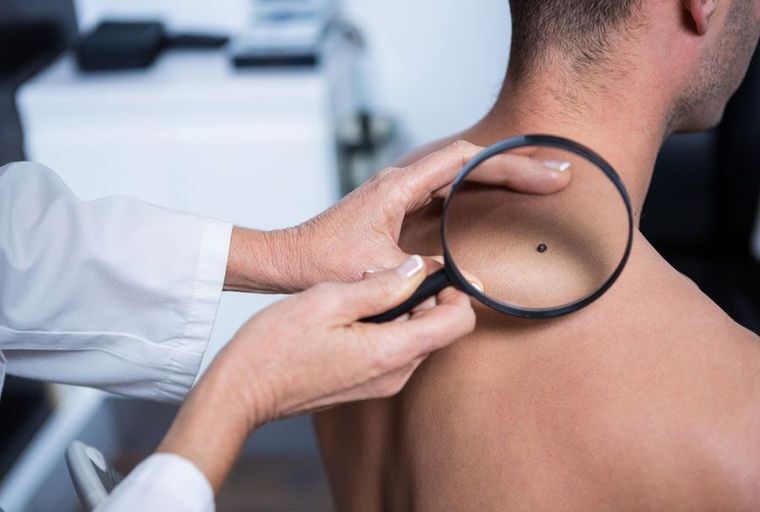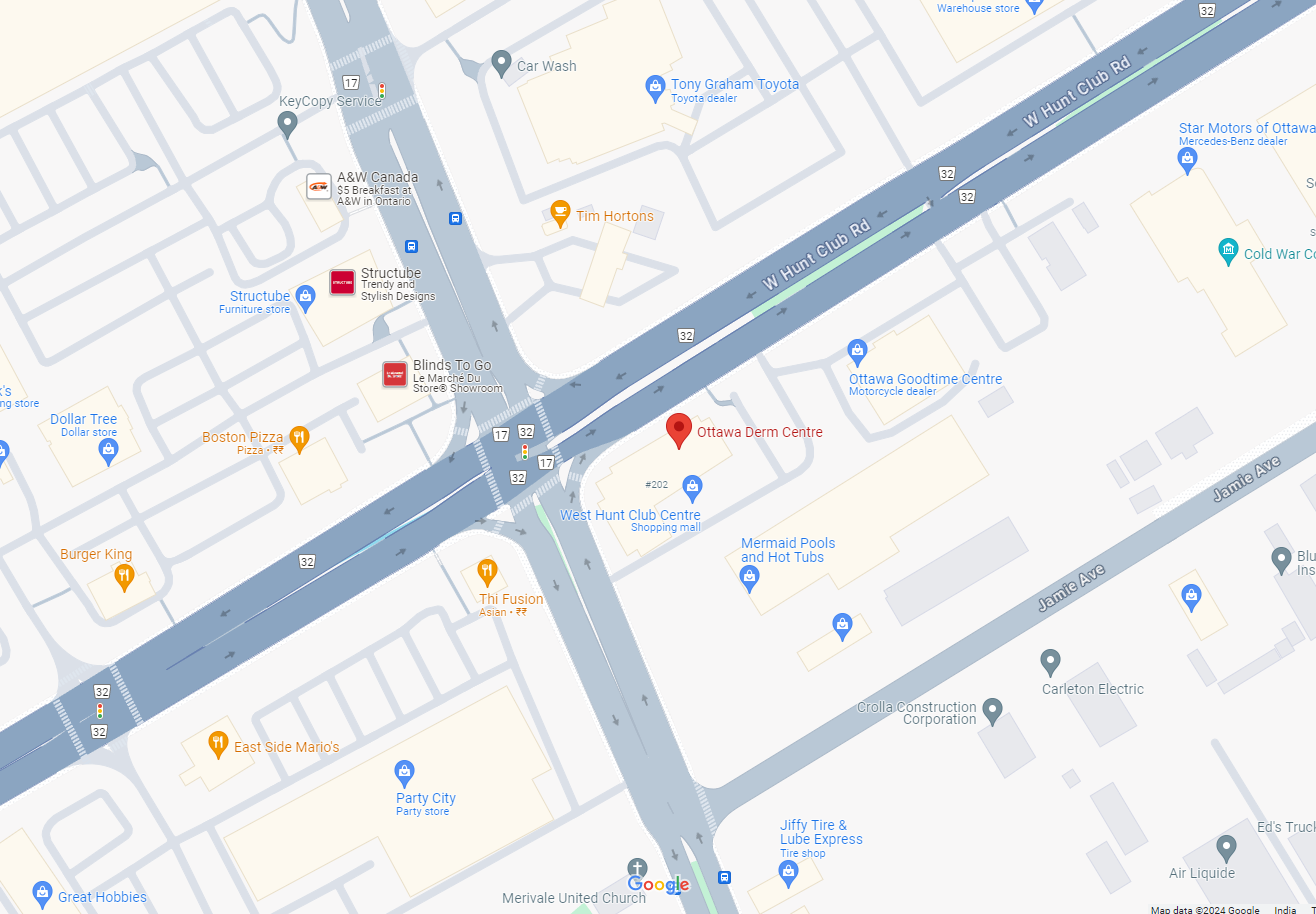
Liver Spots
While liver spots are harmless, they can detract from a clear, youthful complexion.
Also called age spots or sun spots, these imperfections are hyperpigmented areas that result from sun exposure.
How do I know if it’s an age spot?

Like Their Name Implies, Liver Spots Are Dark Areas on the Skin
A Spectrum of Shades
These spots can range in color, from light tan to brown or black.
Flat & Smooth
Unlike some moles, the spots are not raised. Typically oval in shape, liver spots have the same textures as the rest of your skin.
Affect Sun Exposed Areas
Liver spots most commonly occur on the face, shoulders, chest, and back of the hands since these areas are prone to excessive sun exposure.
Genetics Have Some Influence But Sun Exposure Is the Biggest Risk Factor
If you have light skin and red hair, you’re at a higher risk of developing age spots, or solar lentigines. The other major predictor is sun exposure, so if you’ve frequently experienced sunburns, spent time tanning, or live in a sunny location, you may be more prone to age spots.
But what actually causes the spots to develop?
UV Light Speeds Melanin Production
Sun Exposure
Tanning or spending time in the sun exposes the skin to increased levels of ultraviolet (UV) light.
Melanin Production
UV light speeds the production of melanin, which can clump together in high concentrations and form a visible spot.
“The best thing you can do for the health and appearance of your skin is to shield it from the sun – starting when you’re young.” Andrew Weil, M.D.
What Can I Do to Lower My Risk?
Wear Protective Clothing
Broad-brimmed hats, long-sleeve shirts, and other clothing that covers the skin from the sun’s rays can reduce your risk of developing age spots.
Avoid the Sun Between 10 and 2
UV rays are most intense between 10 a.m. and 2 p.m. so plan on being inside during these hours when you can.
Slather on the Sunscreen
Use a broad-spectrum sunscreen (check the label to ensure both UVA and UVB light is blocked) of at least SPF 30 religiously. Apply 15-30 minutes before you go outside and reapply every two hours.
When in Doubt, Make an Appointment
True liver spots do not pose any threat to your health. However, they can often be mistaken for other, more serious skin conditions, such as melanoma, or skin cancer. In general, if a new spot appears on your body, you should see a dermatologist. In addition, patients over age 50 should have a full-body exam, especially if they have a family history of skin cancer.

Usually, your doctor can diagnose a liver spot with a simple visual inspection. However, if they notice something unusual, your dermatologist may do additional tests, such as a skin biopsy. This procedure is short and typically done in your doctor’s office under local anesthesia. They can send the skin sample to a lab for microscopic analysis.
Treatment Actually Lightens or Removes Spots
Creams and Lotions
Bleaching creams, retinoids, or mild steroids can all lighten dark spots.
Exfoliation
Procedures like dermabrasion and microdermabrasion exfoliate the topmost layer of skin, revealing more evenly pigmented tissue.
Cryotherapy
Freezing the spot destroys dark pigments, so when the area heals, the skin will appear lighter.
Laser Treatment
Intense pulsed light and laser treatments kill melanocytes, or melanin-producing cells. This causes the spots to fade.
A Professional Can Provide the Most Effective Treatment
Liver spots can make you look older than you really are. While over-the-counter options are available, a doctor can help you achieve the most effective results in the shortest amount of time. Schedule a consultation today to find out how to restore your youthful glow.
Dr. Peter Brownrigg
Dr. Brownrigg has focused on facial plastic surgery since 1984. He is affiliated with a range of prestigious organizations, including:
- American Academy of Facial Plastic Surgery
- Canadian Academy of Facial Plastic Surgery
- Royal College of Physicians and Surgeons of Canada
- Board Certified by the American Board of Facial Plastic Surgery
- Has acted as the Canadian Region Vice President of the American Academy of Facial Plastic Surgery
- Has acted as the treasurer and president of the Canadian Society of Otolaryngology/Head & Neck Surgery
- American Academy of Otolaryngology-Head and Neck Surgery
- Canadian Society of Otolaryngology-Head and Neck Surgery
- Ontario Medical Association
For more information about the services we offer, contact our office online or call (613) 724-1214 today.
Contact Us Today
Dr. Brownrigg has been focusing exclusively on facial plastic surgery since 1984!


